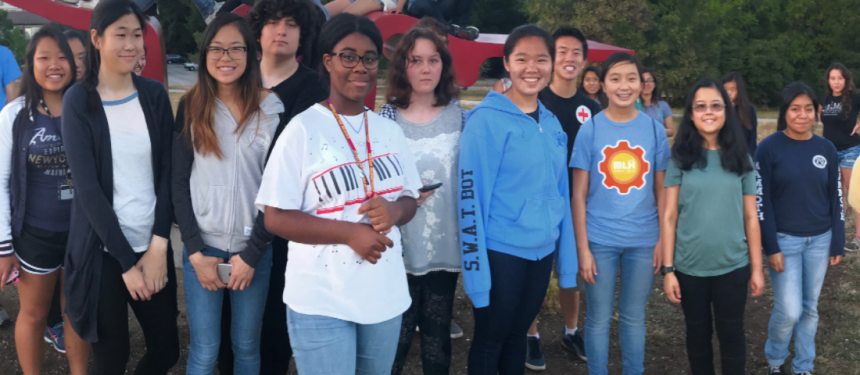A group of US institutions have launched an online network and database of STEM research opportunities for high-school students and are looking for more partners around the world to join the community.
News and business analysis for Professionals in International Education
Have some pie!
Global network aims at STEM engagement
 Photo: Global SPHERE Network
Photo: Global SPHERE Network The SPHERE program offers researchers a networking space and students and teachers globally a list of programs that give high school students the chance to do real-world STEM research.
SPHERE is now looking for more international programs to join the community
“This is a community of practice,” co-founder Raja GuhaThakurta told The PIE News.
“[It’s] a community of people that want to engage high-school students in STEM research.”
Officially launched in November 2017, the database currently enlists 19 programs, but aims to reach 50 in a year and a few hundred in a couple of years, GuhaThakurta explained.
“Most programs are based in the US,” he said. “But we have one based in Ethiopia, and it’s the only international one at the moment.
“It is called Entoto Observatory Space Science Research Centre; it’s an observatory that engages local high school students in its research.”
Another program, Data Science for India, is based in California but works with students in India.
SPHERE is now looking for more international programs to join the community.
This would allow SPHERE to fulfil its two objectives: engage more students from every background in research, and widen the offer of such programs worldwide, GuhaThakurta told The PIE.
International educators, he said, could use the programs listed in the database to gain insight and practical help to design their own research programs.
“The idea is using existing partners in the network almost as templates, so you don’t have to reinvent the wheel,” he explained.
“As for teachers and students, they could have a chance to find research opportunities close to home – and the language of interaction wouldn’t need to necessarily be English.
“For example, the high school students in Ethiopia are engaging with researchers in Ethiopia, both in local languages and English. That’s the basic model we have: a global network that is looking to make local connections,” GuhaThakurta added.
Still looking? Find by category:


